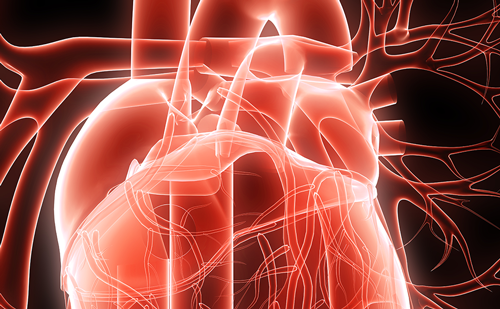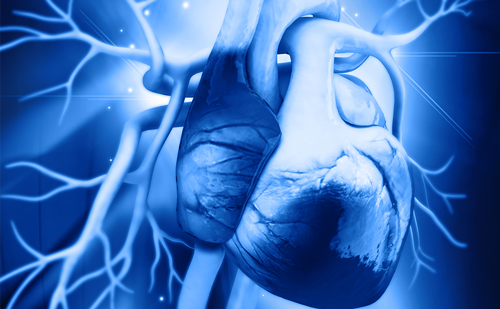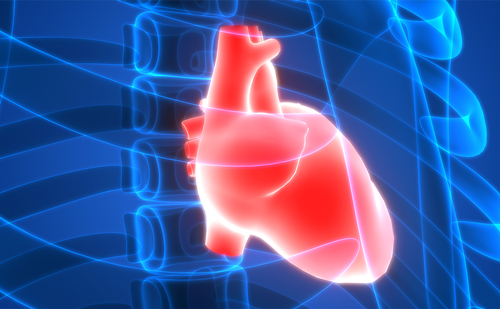Background: Twiddler syndrome, and the variant Reel syndrome, are rare but important complications of pacemaker implantation.
Case summary: We describe a rare complication of conventional permanent pacemaker implantation of rhythmic arm twitching secondary to brachial plexus stimulation from a displaced pacing lead caused by Reel syndrome.
Discussion: Twiddler syndrome and its variants are rare but important complications of pacemaker insertion. Holistic planning of cardiac procedures in elderly patients should identify those at risk to allow for targeted education and post-procedural care.
Conclusions: The pacemaker and the displaced leads were removed and replaced, with the pacemaker device being placed in a sub-pectoral pocket and correct placement of the pacing leads confirmed by chest radiography. This case provides excellent images of Reel syndrome seen on a chest radiograph (Figure 1), and highlight the benefits of holistic planning of cardiac procedures in elderly patients, as well as the importance of considering pacemaker lead displacement as a cause of left-sided abnormal movements. ❑
Figure 1: Calculated aortic and pulmonary artery pressures, as well as stroke volume, during a simulated change in programming for 20 seconds followed by reversion back to baseline








